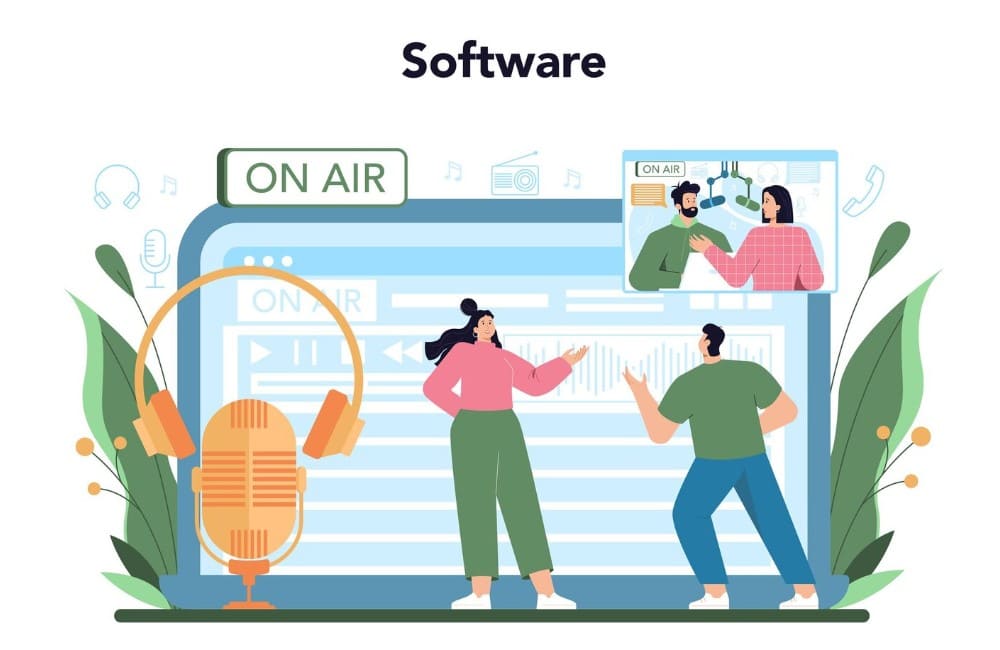Users’ interactions with search engines are being transformed by the progression of digital search from text-based searches to voice and visual search. These new forms of search have rendered traditional keyword optimization tactics obsolete.
Now we have semantic search optimization, a high-tech method that concentrates on comprehending the background, purpose, and significance of user inquiries. Discover how to optimize your content for the new search age by delving into the significance of semantic search optimization for visual and voice search.
A Comprehensive Guide to Semantic Search
In order to provide more relevant results, semantic search attempts to comprehend the user’s purpose and the context of the query, going beyond just matching keywords to web pages. Semantic search engines take into account the context, connections, and ideas around the query to get relevant results, as opposed to only matching keywords.
Vocal and Visual Search’s Rapid Ascent
Virtual assistants such as Alexa, Siri, and Google Assistant enable users to do searches by speaking natural language into their devices. Using tools like visual search engines and picture recognition, visual search allows users to look for information using visuals instead of words.
The Significance of Semantic Search in Visual and Voice Search
Searches using Natural Language:
Voice search inquiries are often more conversational and true to language than text-based searches. To make sure that material is designed to fit the conversational tone of voice inquiries, semantic search optimization is used.
Understanding the Context:
When it comes to contextually dependent or ambiguous searches, like those in visual and voice search, semantic search engines really shine at deciphering user intent and context.
Recognition of Entities:
Entities (such as people, places, and things) and the connections between them are the primary emphasis of semantic search. Objects, locations, or items seen in photographs may be searched for using this entity-based technique, which is especially useful for visual search.
Approaches to Enhancing Semantic Search Performance
Prioritize User Intent:
Recognize the purpose of user inquiries and personalize material to provide relevant and educational responses. Think forward to user requirements and frequently asked questions, and answer them in a clear and succinct manner.
Data Markup Language: Structured
Use schema.org or another structured data markup language to provide search engines more information about your website’s content. Search engines can better comprehend the content’s meaning and connections when structured data is used.
Enhance for Snippets that Get Highlighted:
Snippets, or short replies pulled from web sites, are a common result of voice searches. Provide concise responses to frequently asked queries and organize your material in a way that search engines can readily extract it if you want it to show up in highlighted snippets.
Optimization of Visual Content:
Use alt text, captions, and descriptive filenames to properly represent the image’s content for visual search optimization. To boost the exposure of visual material in search results, provide relevant keywords and contextual information.
Data Science for Natural Language Processing:
Make advantage of NLP methods to decipher the meaning and context of user inquiries. Understand the user’s goal and adapt the material to their voice search queries by using their natural language and conversational tone.
In summary
Businesses that want to be visible and relevant in search results will need to use semantic search optimization strategies as visual and voice search gain momentum. Companies may improve their visibility in visual and voice search results by concentrating on user intent comprehension, employing structured data markup, optimizing for highlighted snippets, and integrating natural language processing tools. Semantic search optimization allows companies to change with the times and provide customers better, more tailored results when they search.
Find Out: For more information about IT, visit this website at IT-Americano
